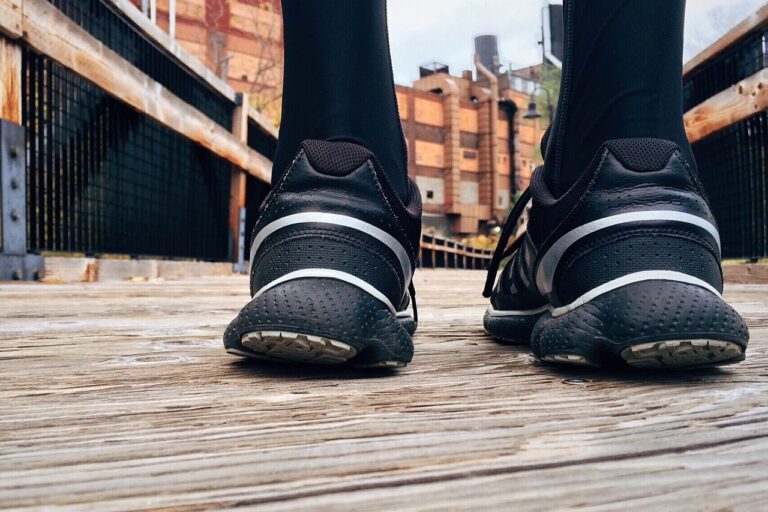Immunological Responses to Cricket Injuries: All panel mahadev, Lotusbhai, Allpaanel. Com login
all panel mahadev, lotusbhai, allpaanel. com login: Cricket is a popular sport enjoyed by millions around the world. While fans revel in the excitement of the game, players often face the risk of injuries due to the physical nature of the sport. Injuries in cricket can range from minor bruises and strains to more serious fractures and ligament tears.
In the event of an injury, our bodys immune system kicks into action to help heal and repair the damaged tissues. This process involves a complex interplay of cells and molecules that work together to mount an immune response. Understanding the immunological responses to cricket injuries can provide valuable insights into how our bodies heal and recover from such incidents.
***The Initial Response:***
When a player sustains an injury on the cricket field, the bodys initial response is inflammation. This is a natural and necessary process that helps to limit the damage, remove debris, and initiate the healing process. Blood vessels dilate, allowing immune cells to quickly reach the site of injury and begin their work.
***Cellular Players:***
Several types of immune cells are involved in the healing process. Macrophages, for example, are responsible for engulfing and digesting debris and foreign particles at the injury site. Neutrophils are essential for fighting off any potential infections that may arise due to the injury. These cells work together to clean up the area and create a conducive environment for healing to take place.
***Cytokine Signaling:***
Cytokines are signaling molecules that play a crucial role in coordinating immune responses. In the case of cricket injuries, cytokines such as interleukins and tumor necrosis factor are released in response to tissue damage. These molecules help to regulate inflammation, direct cell migration, and promote tissue repair.
***Fibroblast Activation:***
Fibroblasts are cells that play a key role in wound healing and tissue repair. In response to injury, fibroblasts migrate to the damaged area and produce collagen, a structural protein that helps to strengthen and support the injured tissues. This process is vital for proper tissue regeneration and the formation of scar tissue.
***Adaptive Immune Responses:***
In addition to the innate immune response, the adaptive immune system also plays a role in the healing process. T cells and B cells are activated in response to injury, helping to further regulate inflammation, promote tissue repair, and prevent infection. This coordinated effort between the innate and adaptive immune systems is crucial for effective healing.
***Resolution of Inflammation:***
As the healing process progresses, the immune system works to resolve inflammation and restore normal tissue function. Regulatory T cells play a key role in this process by dampening the immune response and promoting tissue repair. Once the injury has healed, the immune system shifts its focus towards maintaining tissue homeostasis.
***Rehabilitation and Recovery:***
While the immune system plays a central role in the initial healing process, rehabilitation and recovery following a cricket injury also require careful management. Physical therapy, strength training, and gradual return to play protocols are essential for ensuring that the player fully recovers and reduces the risk of re-injury.
***FAQs***
1. **How long does it take for a cricket injury to heal?**
The healing time for a cricket injury can vary depending on the severity of the injury. Minor injuries may heal within a few days to a few weeks, while more serious injuries may take several months to fully recover.
2. **What can players do to prevent injuries on the cricket field?**
Players can reduce their risk of injuries by warming up properly before games, using proper technique during play, wearing protective gear, and maintaining overall physical fitness.
3. **When should a player seek medical attention for a cricket injury?**
Players should seek medical attention if they experience severe pain, swelling, or loss of function following an injury. It is important to get proper diagnosis and treatment to ensure proper healing.
In conclusion, the immunological responses to cricket injuries are a fascinating aspect of the body’s ability to heal and recover. By understanding the intricate processes involved in the immune response to injuries, players and healthcare professionals can optimize treatment strategies and promote successful rehabilitation. Ultimately, a holistic approach that integrates immunology, rehabilitation, and player education is key to ensuring a safe and successful return to the cricket field.







